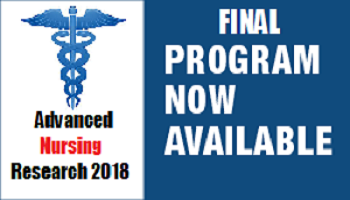
Penny Gill
Robin Trust, South Africa
Title: Digital storytelling: learning through storytelling in nursing education
Biography
Biography: Penny Gill
Abstract
Story-telling is an ancient human craft handed down from generation to generation. Digital storytelling (DST), the modern equivalent, is defined as a short first person multi-media video narrative that documents human life experience, ideas or feelings through story-telling. Research shows that DST, if integrated appropriately into the curriculum, can promote student-centered learning strategies such as reflection for deep learning, project-based learning, collaborative learning; development of digital literacies and the effective integration of technology into teaching and learning. All of these can enhance student engagement and contribute to student success. This paper is based on lessons learnt in an on-going DST project at a Cape Peninsula University of Technology, in South Africa. This project followed the Centre for Digital Storytelling workshop model which focuses on the collaborative sharing and developing of stories in so-called story circles and implemented participation and learning techniques such as Community Maps (which are visual techniques to explore the students’ diverse backgrounds). The project emphasized narrative, visual and digital modalities over text, in order to increase confidence levels in students with low academic literacy skills levels. The researcher investigated the effectiveness of DST in teaching and learning amongst forty-five first year extended curriculum nursing students, by drawing on students’ perceptions of the impact of DST as an alternative teaching and learning method. Qualitative methods of collecting data were used, which included focus group interviews with the students to elicit their perceptions on the effectiveness of DST for teaching and learning in nursing education. The inductive method of analysis was used to analyze data. The paper will present the impact of this study for teaching and learning; challenges encountered in the implementation of DST; and strategies for enhancing meaningful use of DST for teaching and learning amongst extended curriculum nursing students, as well as recommendations for future use.

